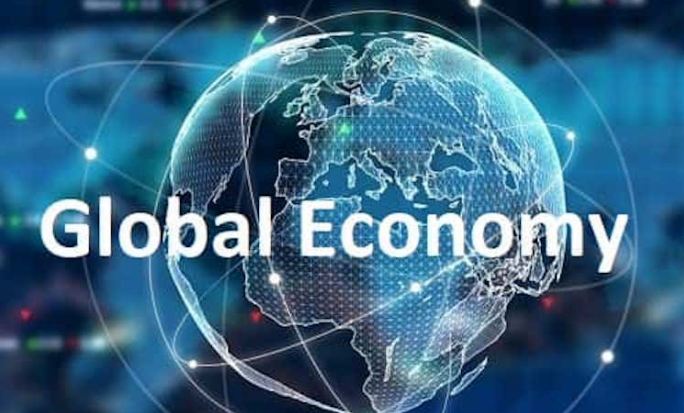Farhan Ahmad
International trade policies and agreements are fundamental to the global economy and play a vital role in shaping international affairs. They allow countries to specialize in producing goods and services that they can efficiently produce, and then trade those goods and services with other countries. However, the interdependence of international trade has created opportunities for conflicts and disagreements between countries, which can range from differences in trade practices to broader economic and political issues.
One of the most significant examples of a world trade dispute is the ongoing situation between the United States and China. Since 2018, both countries have imposed tariffs on each other’s goods worth billions of dollars. The dispute has escalated to include several other issues, such as intellectual property rights, market access, and technology transfer. The U.S. has accused China of engaging in unfair trade practices, including stealing American intellectual property, subsidizing its industries, and maintaining non-tariff barriers to trade. China, on the other hand, has accused the U.S. of protectionism and violating the World Trade Organization (WTO) rules.
Similarly, the ongoing conflict between the European Union (EU) and the United States over aircraft subsidies has escalated to a trade war. Both sides have accused each other of providing illegal subsidies to their respective aircraft manufacturers, Boeing and Airbus. The dispute has resulted in both sides imposing tariffs on each other’s goods, affecting trade flows between the two regions.
World trade disputes can also arise due to the implementation of environmental regulations. For instance, in 2009, the EU imposed a ban on the import of seal products due to concerns over animal welfare. Canada, one of the world’s largest seal hunting nations, challenged the ban at the WTO, arguing that it discriminated against its seal hunters. The dispute lasted for several years, with the WTO ultimately ruling in favor of the EU.
Resolving world trade disputes can be challenging and often requires the intervention of international organizations such as the WTO. The organization’s dispute settlement mechanism is based on a set of rules and procedures designed to ensure transparency, predictability, and fairness in the resolution of trade disputes.
However, the current dispute settlement mechanism of the WTO has been facing challenges. The U.S. has blocked the appointment of judges to the WTO’s Appellate Body, resulting in the body being unable to hear new cases. The EU has proposed an interim solution, but the U.S. has rejected it. This has raised concerns over the future of the WTO’s dispute settlement mechanism and its role in resolving world trade disputes.
World trade disputes can have significant economic and political implications for the countries involved and the global community at large. Tariffs and other trade barriers can lead to higher prices for consumers, reduced competitiveness for industries, and ultimately, slower economic growth. They can also lead to political tensions and strain diplomatic relations between countries. For instance, the ongoing U.S.-China trade war has impacted global stock markets and raised concerns over the possibility of a broader economic slowdown.
The resolution of world trade disputes requires the cooperation and engagement of all parties involved. International organizations such as the WTO can play a crucial role in facilitating the negotiation and settlement of trade disputes, ensuring a fair and equitable global trading system. The WTO’s dispute settlement mechanism, while facing challenges, remains the most viable platform for resolving trade disputes.
However, some countries have resorted to bilateral negotiations and trade agreements outside of the WTO framework. For instance, the U.S. has renegotiated its trade agreement with Mexico and Canada and has signed a phase-one trade deal with China. While these agreements may offer short-term solutions, they could undermine the multilateral trading system and create uncertainty and unpredictability in the global trade landscape.
Moreover, the COVID-19 pandemic has further complicated the world trade landscape. The pandemic has disrupted global supply chains and led to a sharp decline in international trade. Countries have implemented various measures, including export restrictions, to protect their domestic industries and ensure sufficient supply of critical goods such as medical supplies and food. These measures have further strained global trade relations, with some countries criticizing others for their handling of pandemic and trade policies. The pandemic has also accelerated the adoption of digital technologies in trade, with e-commerce and digital services playing a more significant role in facilitating international trade. However, the digital divide between countries and the need for regulatory frameworks to address emerging issues such as data privacy and cybersecurity have added a new layer of complexity to the world landscape.

















